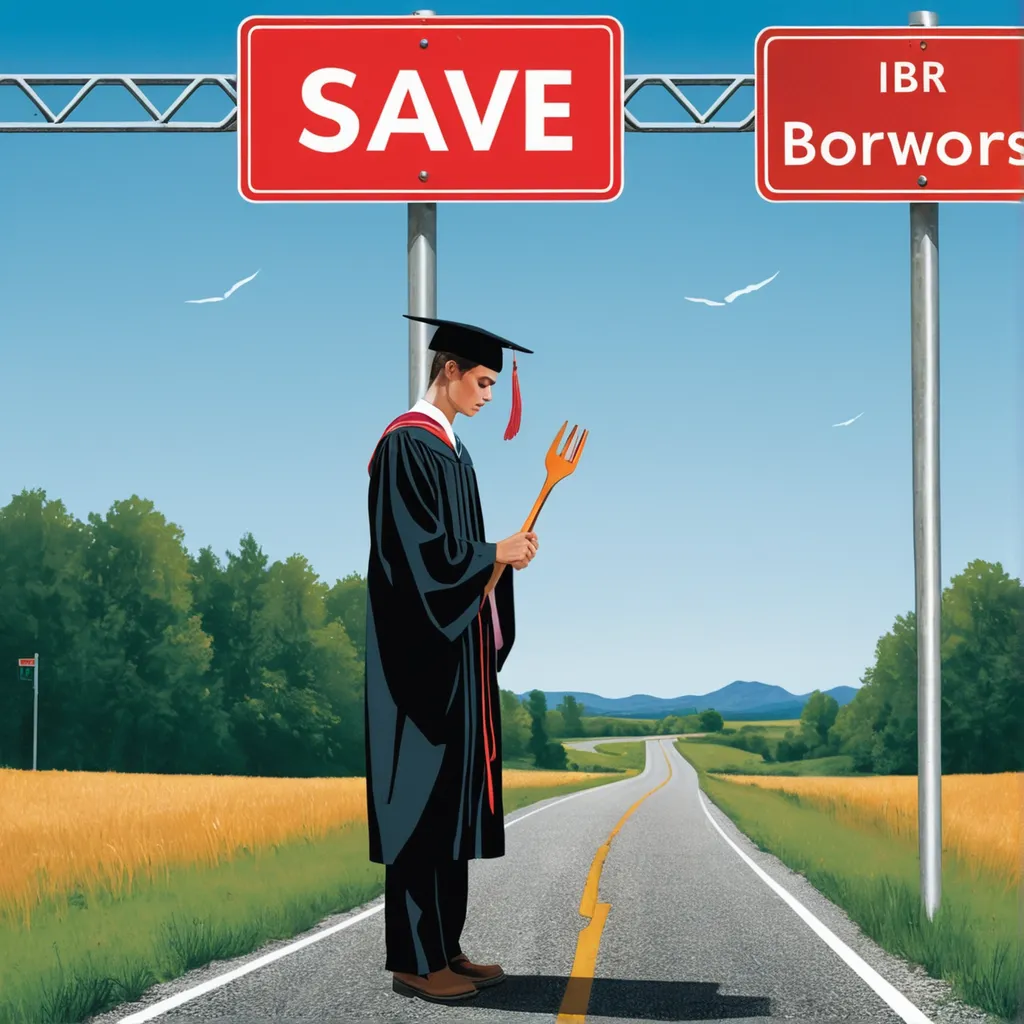IBR Plan Ends July 1: Borrowers Face New Student Loan Repayment Rules
Why are student loan payments expected to rise soon?
What changes are coming to student loan repayment starting July 1?
How might Trump's student loan policy impact borrowers?

- IBR plan to end for new borrowers on July 1, 2024.
- Trump proposes new Repayment Assistance Plan (RAP) to replace SAVE.
Starting July 1, 2024, new federal student loan borrowers will no longer be able to enroll in the Income-Based Repayment (IBR) plan. This plan, which sets payments at 10% to 15% of discretionary income, is being phased out for new entrants in favor of the Biden administration's Saving on a Valuable Education (SAVE) plan. As a result, new borrowers will be steered toward the SAVE plan, which caps payments at 5% to 10% of discretionary income and prevents unpaid interest from growing.
This shift is due to a provision in the Bipartisan Safer Communities Act of 2022, which mandated the end of IBR for new borrowers. In a separate proposal, the Trump campaign has outlined a new Repayment Assistance Plan (RAP) that would launch on July 1, 2026, to provide an alternative, but this remains a campaign promise.
Currently, approximately 7.7 million borrowers are enrolled in SAVE and benefit from its terms. These benefits include protection from unpaid interest and the option for certain low-income individuals to have a $0 monthly payment. Consequently, the Department of Education is encouraging borrowers who need an income-driven plan to consider SAVE, especially as IBR is no longer an option for new borrowers.
In addition, borrowers pursuing Public Service Loan Forgiveness (PSLF) can take advantage of new rules, as they may be able to retroactively “buy back” certain forbearance or deferment months to count them toward the required 120 payments.
Under the Trump campaign's proposal, the RAP program would begin on July 1, 2026. This new plan would set payments at 10% of adjusted gross income and require a minimum $50 monthly payment, while also waiving unpaid interest and offering forgiveness after 30 years of payments. However, a significant drawback is that transitioning from other plans into RAP could cause interest capitalization, thereby increasing the principal loan amount.
Federal repayment systems will see further adjustments. Therefore, borrowers should use tools like the Federal Student Aid Loan Simulator to estimate their future payments and stay informed about ongoing policy updates.
Get real-time crypto breaking news on Unblock Media Telegram! (Click)
Recommended News
China Reveals 2026 Fiscal Plan with Ultra-Long Bonds

EU Eyes Sweeping Crypto Rules as IMF Flags Stablecoin Risks

Bitcoin Forecast Slashed: Standard Chartered Lowers 2025 Target to $100K

Bitcoin Recovery Forecast Hinges on Federal Reserve Rate Cut and Liquidity Growth

Bitcoin Hits $90K as Fed Signals Rate Cuts, Market Rebounds






